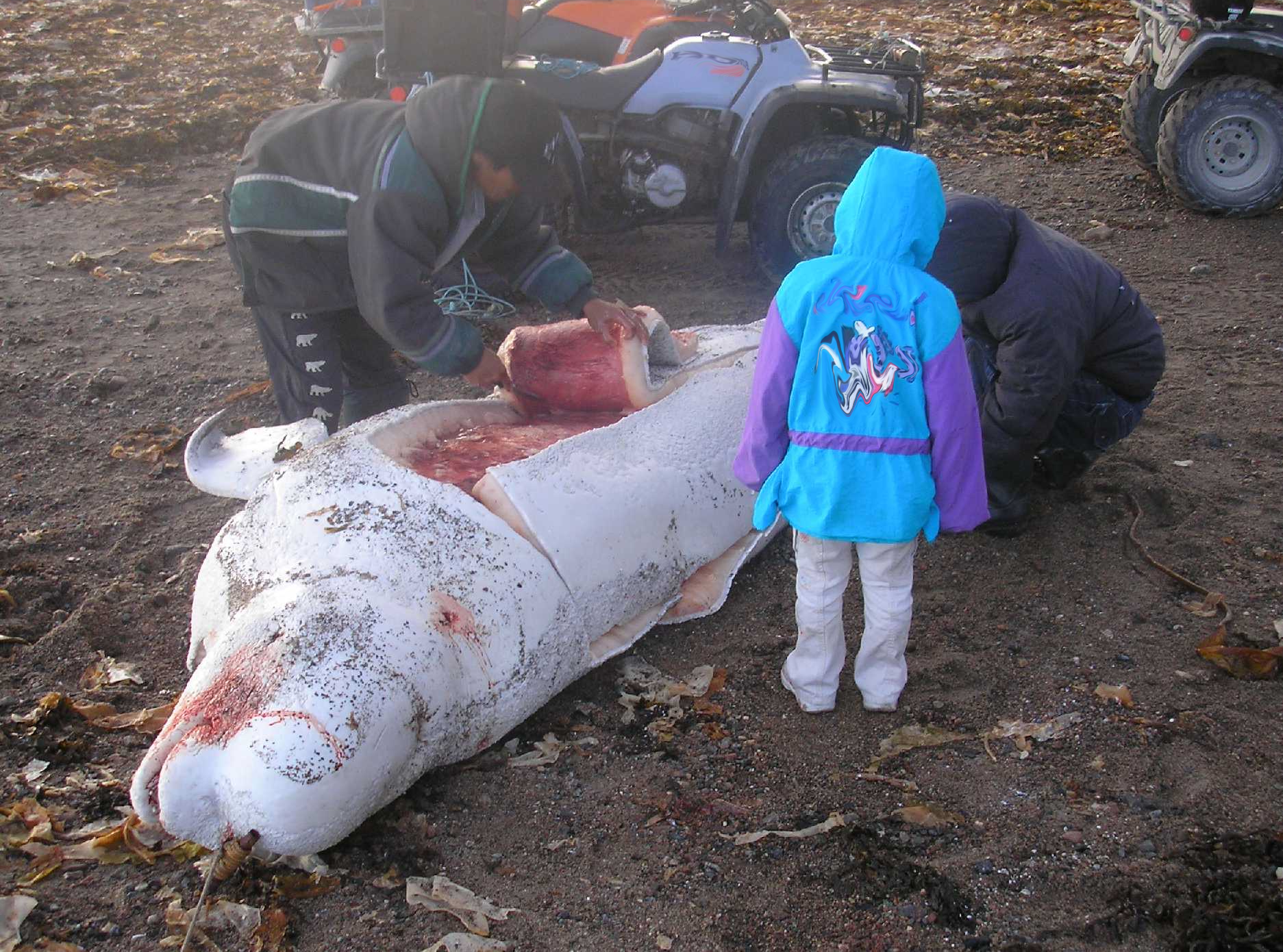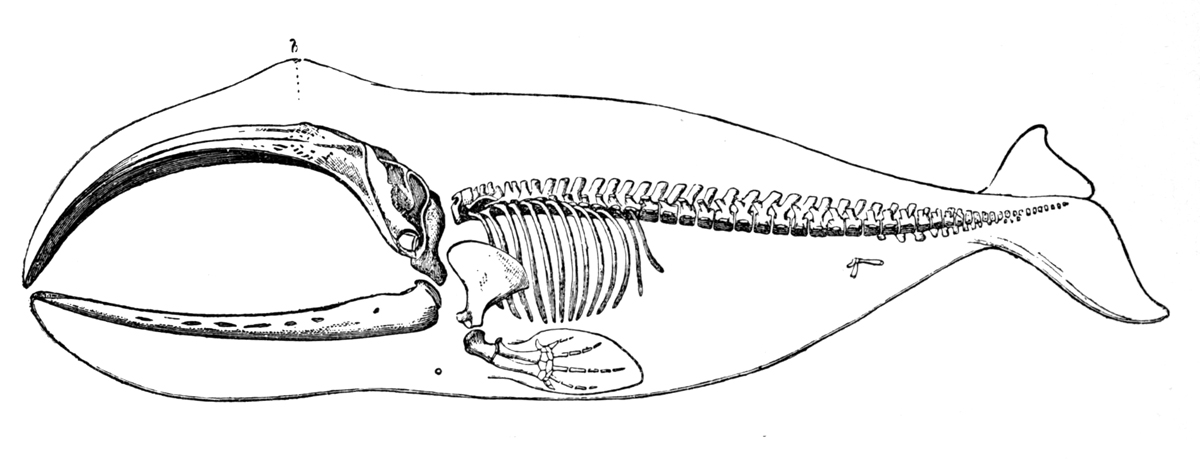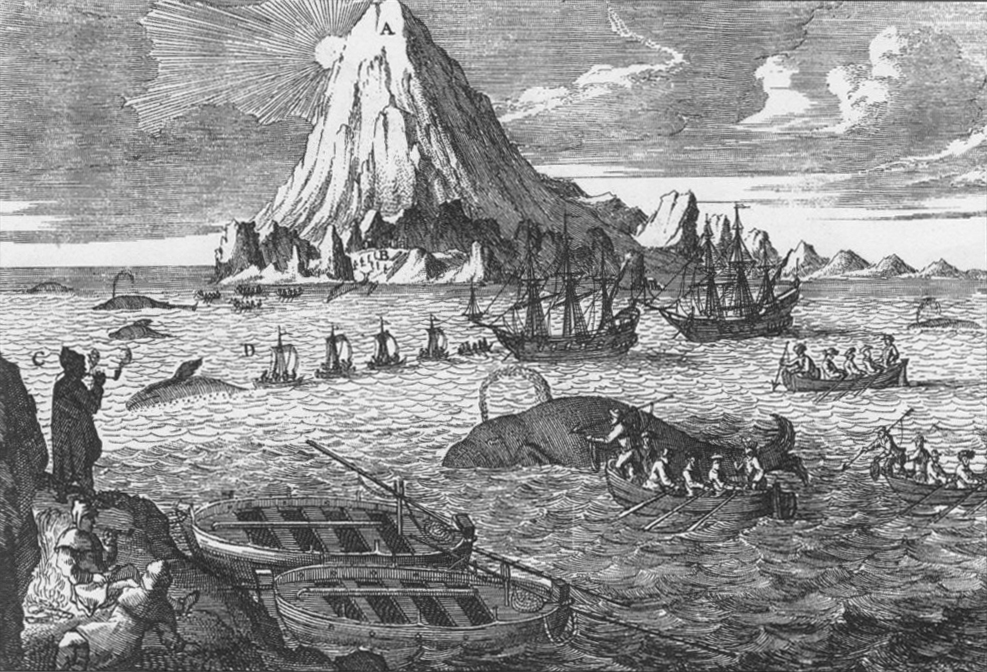|
Aboriginal Whaling
Aboriginal whaling or indigenous whaling is the hunting of whales by indigenous peoples recognised by either IWC (International Whaling Commission) or the hunting is considered as part of indigenous activity by the country. It is permitted under international regulation, but in some countries remains a contentious issue. (The hunting of smaller cetaceans is covered at Dolphin drive hunting.) It is usually considered part of the subsistence economy. In some places, whaling has been superseded by whale watching instead. This article deals with communities that continue to hunt; details about communities that have ended the practice may be found in History of whaling. International regulation Under the terms of the 1986 moratorium, the International Whaling Commission allows the activity to be carried out by aboriginal groups if it occurs on a subsistence basis, similar to subsistence fishing. This Aboriginal Subsistence Whaling is restricted to native peoples and others working ... [...More Info...] [...Related Items...] OR: [Wikipedia] [Google] [Baidu] |
Bowhead Whale
The bowhead whale (''Balaena mysticetus''), sometimes called the Greenland right whale, Arctic whale, and polar whale, is a species of baleen whale belonging to the family Balaenidae and is the only living representative of the genus '' Balaena''. It is the only baleen whale endemic to the Arctic and subarctic waters, and is named after its characteristic massive triangular skull, which it uses to break through Arctic ice. Bowheads have the largest mouth of any animal representing almost one-third of the length of the body, the longest baleen plates with a maximum length of , and may be the longest-lived mammals, with the ability to reach an age of more than 200 years. The bowhead was an early whaling target. Their population was severely reduced before a 1966 moratorium was passed to protect the species. Of the five stocks of bowhead populations, three are listed as "endangered", one as " vulnerable", and one as "lower risk, conservation dependent" according to the IUCN Red ... [...More Info...] [...Related Items...] OR: [Wikipedia] [Google] [Baidu] |
Chukchi People
The Chukchi, or Chukchee (, ''ḷygʺoravètḷʹèt, o'ravètḷʹèt''), are a Siberian ethnic group native to the Chukchi Peninsula, the shores of the Chukchi Sea and the Bering Sea region of the Arctic Ocean all within modern Russia. They speak the Chukchi language. The Chukchi originated from the people living around the Okhotsk Sea. According to several studies on genomic research conducted from 2014 to 2018, the Chukchi are the closest Asian relatives of the indigenous peoples of the Americas as well as of the Ainu people, being the descendants of settlers who neither crossed the Bering Strait nor settled the Japanese archipelago. Cultural history The majority of Chukchi reside within Chukotka Autonomous Okrug, but some also reside in the neighboring Sakha Republic to the west, Magadan Oblast to the southwest, and Kamchatka Krai to the south. Some Chukchi also reside in other parts of Russia, as well as in Europe and North America. The total number of Chukchi in t ... [...More Info...] [...Related Items...] OR: [Wikipedia] [Google] [Baidu] |
Department Of Fisheries And Oceans
Fisheries and Oceans Canada (DFO; ) is a department of the Government of Canada that is responsible for developing and implementing policies and programs in support of Canada's economic, ecological and scientific interests in oceans and inland waters. Its mandate includes responsibility for the conservation and sustainable use of Canada's fisheries resources while continuing to provide safe, effective and environmentally sound marine services that are responsive to the needs of Canadians in a global economy. The federal government is constitutionally mandated for the conservation and protection of fisheries resources in all Canadian fisheries waters. However, the department is largely focused on the conservation and allotment of harvests of salt water fisheries on the Atlantic, Pacific and Arctic coasts of Canada. The department works toward the conservation and protection of inland freshwater fisheries, such as on the Great Lakes and Lake Winnipeg, through cooperative agree ... [...More Info...] [...Related Items...] OR: [Wikipedia] [Google] [Baidu] |
Canadian Arctic
Northern Canada (), colloquially the North or the Territories, is the vast northernmost region of Canada, variously defined by geography and politics. Politically, the term refers to the three territories of Canada: Yukon, Northwest Territories and Nunavut. This area covers about 48 per cent of Canada's total land area, but has less than 0.5 per cent of Canada's population. The terms "northern Canada" or "the North" may be used in contrast with ''the far north'', which may refer to the Canadian Arctic, the portion of Canada that lies north of the Arctic Circle, east of Alaska and west of Greenland. However, in many other uses the two areas are treated as a single unit. Capitals The capital cities of the three northern territories, from west to east, are: * Yukon - Whitehorse * Northwest Territories - Yellowknife * Nunavut - Iqaluit Definitions Subdivisions As a social rather than political region, the Canadian North is often subdivided into two distinct regions based on c ... [...More Info...] [...Related Items...] OR: [Wikipedia] [Google] [Baidu] |
Bowhead Whale 2002-08-10
The bowhead whale (''Balaena mysticetus''), sometimes called the Greenland right whale, Arctic whale, and polar whale, is a species of baleen whale belonging to the family Balaenidae and is the only living representative of the genus '' Balaena''. It is the only baleen whale endemic to the Arctic and subarctic waters, and is named after its characteristic massive triangular skull, which it uses to break through Arctic ice. Bowheads have the largest mouth of any animal representing almost one-third of the length of the body, the longest baleen plates with a maximum length of , and may be the longest-lived mammals, with the ability to reach an age of more than 200 years. The bowhead was an early whaling target. Their population was severely reduced before a 1966 moratorium was passed to protect the species. Of the five stocks of bowhead populations, three are listed as "endangered", one as " vulnerable", and one as "lower risk, conservation dependent" according to the IUCN Red ... [...More Info...] [...Related Items...] OR: [Wikipedia] [Google] [Baidu] |
Environmental Impact Statement
An environmental impact statement (EIS), under United States environmental law, is a document required by the 1969 National Environmental Policy Act (NEPA) for certain actions "significantly affecting the quality of the human environment". An EIS is a tool for decision making. It describes the positive and negative environmental effects of a proposed action, and it usually also lists one or more alternative actions that may be chosen instead of the action described in the EIS. One of the primary authors of the act is Lynton K. Caldwell. Preliminary versions of these documents are officially known as a draft environmental impact statement (DEIS) or draft environmental impact report (DEIR). Purpose The purpose of the NEPA is to promote informed decision-making by federal agencies by making "detailed information concerning significant environmental impacts" available to both agency leaders and the public. The NEPA was the first piece of legislation that created a comprehensive ... [...More Info...] [...Related Items...] OR: [Wikipedia] [Google] [Baidu] |
Ship Strike
Ship collision is a type of maritime incident, a violent encounter involving moving ships. While the standard definition of collision involves more than one moving ship, and an engagement between a ship and a motionless object is formally known as "allision", in practice the word "collision" is usually used to describe also the situation where a moving ship hits a stationary ship or a fixed object such as a bridge. Ship collisions are of particular importance in marine accidents. Some reasons for the latter are: * The loss of human life. * The environmental impact of oil spills, especially where large tanker ships are involved. * Financial consequences to local communities close to the accident. * The financial consequences to shipowners, due to ship loss or penalties. * Damage to coastal or off-shore infrastructure, for example collision with bridges. As sea lanes are getting more congested and ship speeds higher, there is a significant possibility that a ship may experien ... [...More Info...] [...Related Items...] OR: [Wikipedia] [Google] [Baidu] |
Whale Meat
Whale meat, broadly speaking, may include all cetaceans (whales, dolphins, porpoises) and all parts of the animal: muscle (meat), organs (offal), skin (muktuk), and fat (blubber). There is relatively little demand for whale meat, compared to farmed livestock. Commercial whaling, which has Whale conservation#Whaling debate, faced opposition for decades, continues today in very few countries (mainly Whaling in Iceland, Iceland, Whaling in Japan, Japan and Whaling in Norway, Norway), despite whale meat being eaten across Western Europe and Colonial history of the United States, colonial America previously. However, in areas where dolphin drive hunting and aboriginal whaling exist, marine mammals as food, marine mammals are eaten locally as part of a subsistence economy: the Faroe Islands, the Circumpolar peoples, circumpolar Arctic peoples (Inuit in Canada and Greenland, related Alaska Natives, native Alaskans, the Chukchi people of Siberia), other Native Americans in the United Stat ... [...More Info...] [...Related Items...] OR: [Wikipedia] [Google] [Baidu] |
Baleen Whale
Baleen whales (), also known as whalebone whales, are marine mammals of the order (biology), parvorder Mysticeti in the infraorder Cetacea (whales, dolphins and porpoises), which use baleen plates (or "whalebone") in their mouths to sieve plankton from the water. Mysticeti comprises the family (biology), families Balaenidae (right whale, right and Bowhead whale, bowhead whales), Balaenopteridae (rorquals), Eschrichtiidae (the gray whale) and Cetotheriidae (the pygmy right whale). There are currently 16 species of baleen whales. While cetaceans were historically thought to have descended from Mesonychia, mesonychians, molecular phylogenetics, molecular evidence instead supports them as a clade of even-toed ungulates (Artiodactyla). Baleen whales split from toothed whales (Odontoceti) around 34 mya (unit), million years ago. Baleen whales range in size from the and pygmy right whale to the and blue whale, the Largest organisms, largest known animal to have ever existed. They ar ... [...More Info...] [...Related Items...] OR: [Wikipedia] [Google] [Baidu] |
Makah People
The Makah (; Makah: ') are an Indigenous people of the Pacific Northwest Coast living in Washington, in the northwestern part of the continental United States. They are enrolled in the federally recognized Makah Indian Tribe of the Makah Indian Reservation, commonly known as the Makah Tribe. Linguistically and ethnographically, they are closely related to the Nuu-chah-nulth and Ditidaht peoples of the West Coast of Vancouver Island, who live across the Strait of Juan de Fuca in British Columbia, Canada. Etymology and name The Makah people refer to themselves as the ', which translates to somewhere near to "the people who live by the rocks and seagulls". Other thought translations include "the people who live on the cape by the seagulls", and "people of the point", as well as several others. This has sometimes been anglicized as Kwih-dich-chuh-ahtx''.'' The English name, "Makah," is an exonym derived from the S'Klallam language name for the Makah, ''màq̓áʔa''. It m ... [...More Info...] [...Related Items...] OR: [Wikipedia] [Google] [Baidu] |
Makah Indian Whalers 1910
The Makah (; Makah: ') are an Indigenous people of the Pacific Northwest Coast living in Washington, in the northwestern part of the continental United States. They are enrolled in the federally recognized Makah Indian Tribe of the Makah Indian Reservation, commonly known as the Makah Tribe. Linguistically and ethnographically, they are closely related to the Nuu-chah-nulth and Ditidaht peoples of the West Coast of Vancouver Island, who live across the Strait of Juan de Fuca in British Columbia, Canada. Etymology and name The Makah people refer to themselves as the ', which translates to somewhere near to "the people who live by the rocks and seagulls". Other thought translations include "the people who live on the cape by the seagulls", and "people of the point", as well as several others. This has sometimes been anglicized as Kwih-dich-chuh-ahtx''.'' The English name, "Makah," is an exonym derived from the S'Klallam language name for the Makah, ''màq̓áʔa''. It mea ... [...More Info...] [...Related Items...] OR: [Wikipedia] [Google] [Baidu] |






